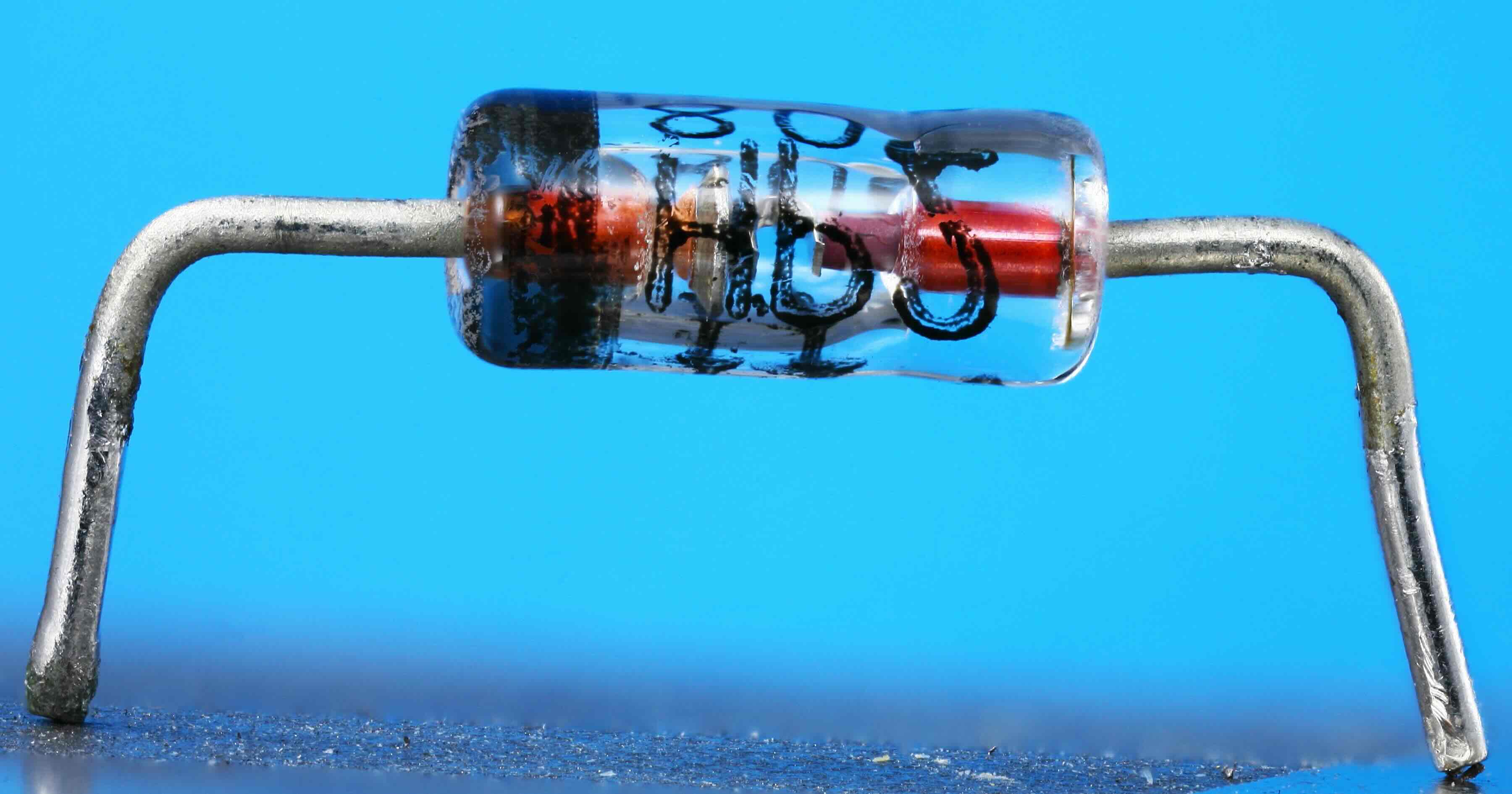
What is a Schottky Diode? A Schottky diode is a special type of electronic component known for its fast switching speed and low forward voltage drop. Unlike regular diodes, which use a p-n junction, Schottky diodes utilize a metal-semiconductor junction. This unique structure allows them to operate more efficiently in high-frequency applications, making them ideal for use in power rectifiers, radio frequency systems, and clamping circuits. Their low forward voltage drop means they waste less energy as heat, which is crucial for power-sensitive devices. Understanding the Schottky diode can help you grasp how modern electronics achieve greater efficiency and performance.
What is a Schottky Diode?
A Schottky diode is a semiconductor device known for its fast switching speed and low forward voltage drop. These characteristics make it ideal for various applications in electronics.
- Named after German physicist Walter H. Schottky, who first described the Schottky barrier.
- Unlike regular diodes, Schottky diodes use a metal-semiconductor junction instead of a p-n junction.
- Commonly used in power rectification, radio frequency (RF) applications, and clamping circuits.
- The forward voltage drop of a Schottky diode is typically between 0.15 to 0.45 volts, much lower than the 0.7 volts of a standard silicon diode.
- Schottky diodes are often found in power supplies, where efficiency is crucial.
How Does a Schottky Diode Work?
Understanding the working principle of a Schottky diode helps in grasping its advantages and limitations.
- When forward-biased, electrons flow from the semiconductor to the metal, allowing current to pass through.
- In reverse bias, the Schottky barrier prevents current flow, acting as an insulator.
- The low forward voltage drop results from the minimal energy required for electrons to cross the metal-semiconductor junction.
- Schottky diodes have a higher reverse leakage current compared to regular diodes, which can be a drawback in some applications.
- The fast switching speed is due to the absence of minority carrier charge storage, unlike in p-n junction diodes.
Applications of Schottky Diodes
Schottky diodes are versatile components used in various electronic circuits.
- Widely used in power rectifiers to convert AC to DC with minimal power loss.
- Essential in RF applications due to their high-frequency response.
- Employed in clamping circuits to prevent voltage spikes.
- Used in solar cells to improve efficiency by reducing power loss.
- Found in voltage doubler circuits to increase the output voltage.
Advantages of Schottky Diodes
The unique properties of Schottky diodes offer several benefits in electronic design.
- Low forward voltage drop reduces power loss and heat generation.
- Fast switching speed makes them ideal for high-frequency applications.
- High efficiency in power rectification improves overall circuit performance.
- Compact size allows for integration into small electronic devices.
- Reliable performance in harsh environments due to their robust construction.
Limitations of Schottky Diodes
Despite their advantages, Schottky diodes have some limitations that must be considered.
- Higher reverse leakage current can lead to inefficiencies in certain circuits.
- Lower reverse voltage rating compared to regular diodes, limiting their use in high-voltage applications.
- Susceptible to thermal runaway if not properly managed, as increased temperature can lead to higher leakage current.
- Limited availability in high-current ratings, making them less suitable for some power applications.
- Higher cost compared to standard silicon diodes, which can be a factor in budget-sensitive projects.
Schottky Diodes vs. Regular Diodes
Comparing Schottky diodes to regular diodes highlights their unique features and use cases.
- Schottky diodes have a lower forward voltage drop, making them more efficient in power applications.
- Regular diodes have a higher reverse voltage rating, suitable for high-voltage circuits.
- Schottky diodes switch faster, ideal for high-frequency applications, while regular diodes are slower.
- Regular diodes have lower reverse leakage current, making them better for low-leakage applications.
- Schottky diodes are more sensitive to temperature changes, requiring careful thermal management.
Future of Schottky Diodes
The ongoing development in semiconductor technology continues to enhance the performance and applications of Schottky diodes.
- Research is focused on improving the reverse voltage rating and reducing leakage current.
- Innovations in materials, such as silicon carbide (SiC) and gallium nitride (GaN), are paving the way for more efficient and robust Schottky diodes.
Final Thoughts on Schottky Diodes
Schottky diodes are fascinating components in electronics. They offer fast switching speeds, low forward voltage drops, and high efficiency. These features make them ideal for power rectification, RF applications, and clamping circuits. Understanding their unique properties and applications can help you make better decisions in your projects.
Remember, Schottky diodes have limitations like higher reverse leakage currents and lower reverse voltage ratings compared to other diodes. Knowing when and where to use them can save you a lot of headaches.
Whether you're a hobbyist or a professional, incorporating Schottky diodes into your designs can significantly improve performance. Keep experimenting and learning about these versatile components. They might just be the key to unlocking the full potential of your next electronic project.
Was this page helpful?
Our commitment to delivering trustworthy and engaging content is at the heart of what we do. Each fact on our site is contributed by real users like you, bringing a wealth of diverse insights and information. To ensure the highest standards of accuracy and reliability, our dedicated editors meticulously review each submission. This process guarantees that the facts we share are not only fascinating but also credible. Trust in our commitment to quality and authenticity as you explore and learn with us.
